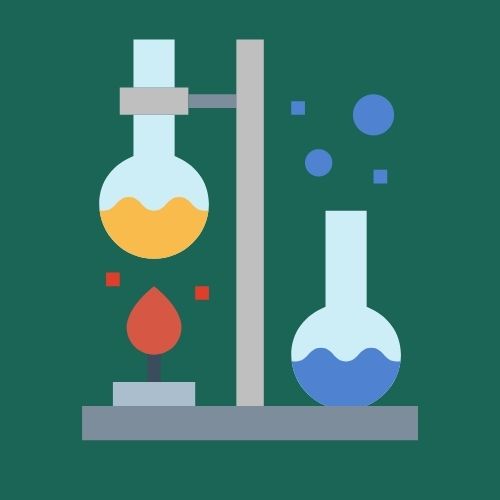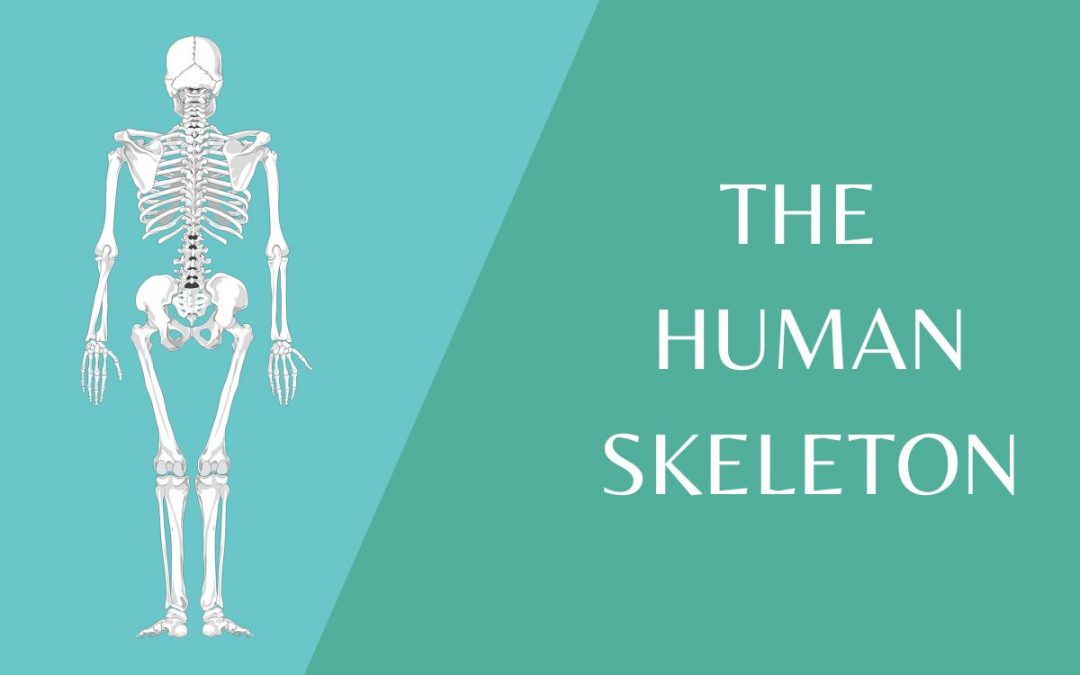Do you know how your body works?
Do you have a good understanding of how you are able to walk, run and pick objects up?
The human body is very clever and the skeleton plays a vital role in our movement.
The human skeleton has several important functions that are relevant for students in Key Stage 3. Some of the main functions of the human skeleton are:
Support: The skeleton provides a framework for the body, giving it shape and structure. Without the skeleton, the body would not be able to support its own weight or maintain its shape. Your body would be a mass of skin resembling jelly.
Protection: The bones of the skeleton protect the internal organs from injury. For example, the skull protects the brain, and the ribcage protects the heart and lungs.
Movement: The skeleton works with muscles to allow the body to move. The bones act as levers, and the muscles provide the force to move the bones at the joints. Some muscles work as antagonistic pairs. Contracting and relaxing to move the bones in the necessary direction.
Producing blood cells: The bone marrow inside some of the bones produces red and white blood cells, which are essential for carrying oxygen and fighting infection.
Mineral storage: The bones store minerals such as calcium and phosphorus, which are important for bone strength and overall body function.
Overall, the human skeleton plays a vital role in supporting, protecting, and enabling movement in the human body. If you want to learn more about the human skeleton take a look at our resources available on our website.
KEEP UP TO DATE - DON'T MISS OUT!
Our regular newsletters are filled with helpful and interesting information to help you with your Science at school

